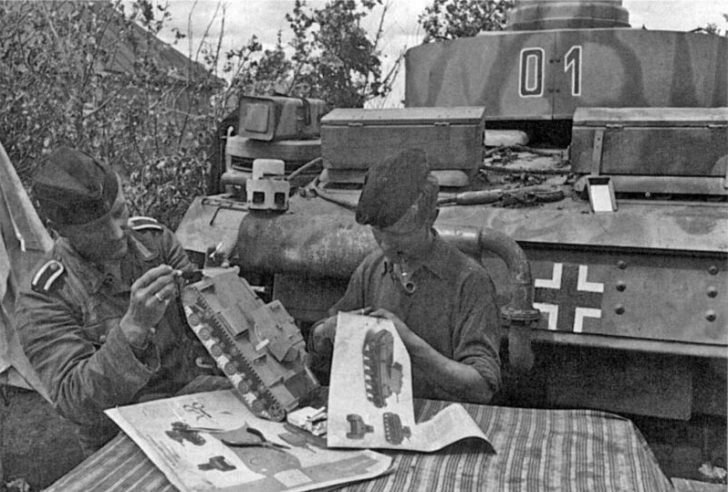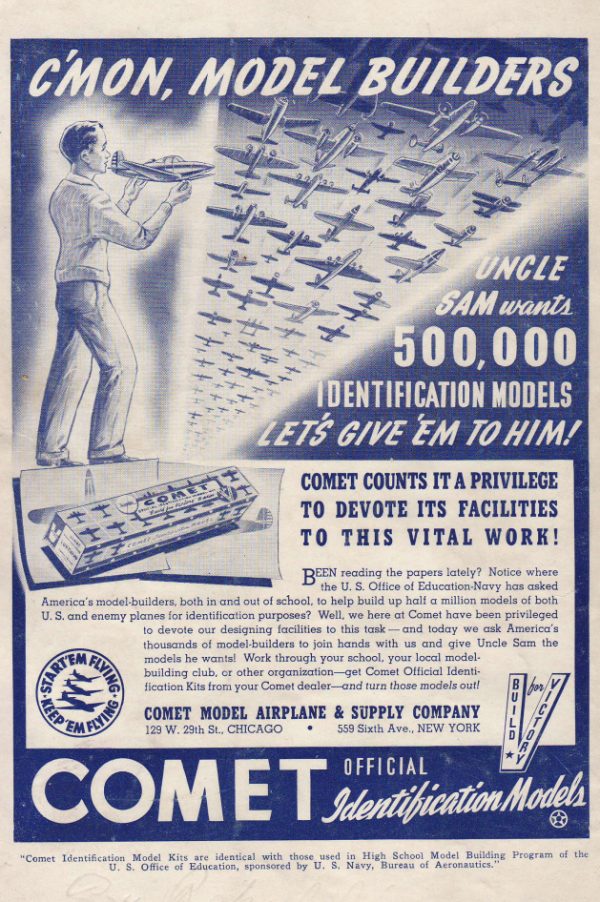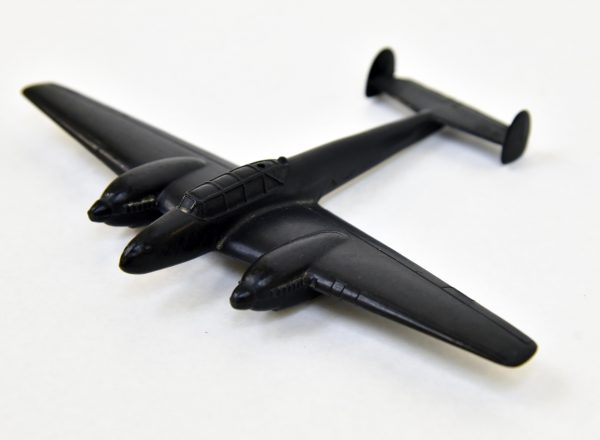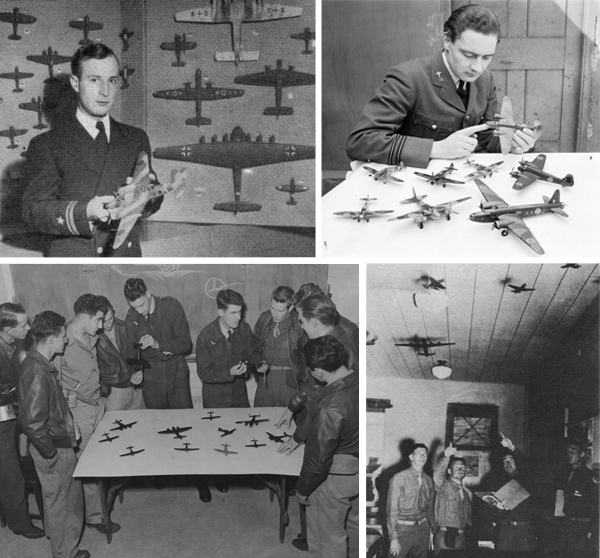Stryder50
Platinum Member
Many here are like me, growing up in the 1950's-1960's and building scale model plastic kits of aircraft, warships, tanks/armor, and etc. The smell of polystyrene glue and enamel paints bringing back fond memories.
This is a thread for both those times past and the history up to date of this hobby venture many of us enjoyed then, and also ever since in some cases.
I'll lead off in the next post with an article excerpt and links from the recent issue of Smithsonian Air and Space Quarterly Magazine.
More to follow, of course.
This is a thread for both those times past and the history up to date of this hobby venture many of us enjoyed then, and also ever since in some cases.
I'll lead off in the next post with an article excerpt and links from the recent issue of Smithsonian Air and Space Quarterly Magazine.
More to follow, of course.






